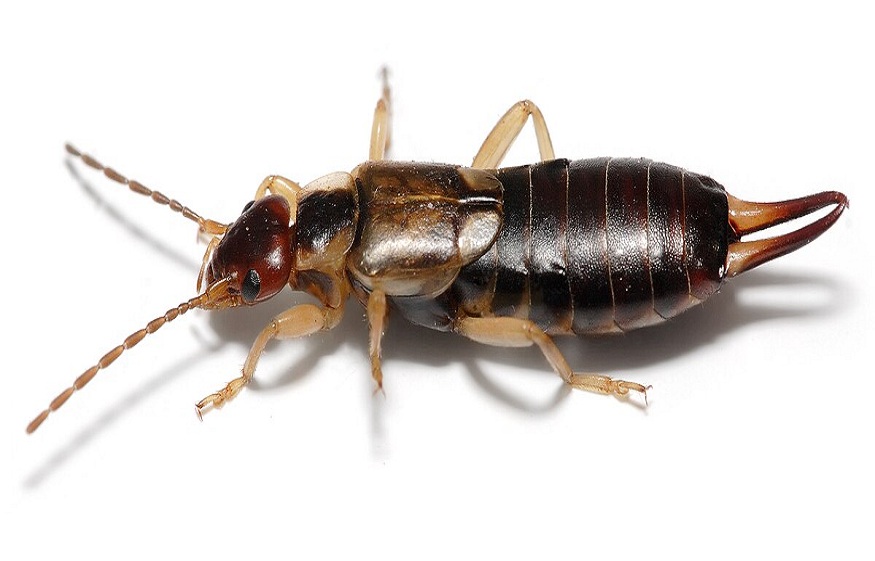Earwigs may invade your home and eat your plants, and they are not very appealing. Learn more about how to get rid of earwigs. Although they have a spooky look, earwig bugs can be helpful to your plants when present in small amounts. They are pests in your house and on your plants when they are in huge numbers.
As they consume dead or decomposing organic matter, earwigs might be considered natural composters. Furthermore, earwigs may help reduce pest populations of armyworms, aphids, and maggots while insect populations remain in check. When determining the extent of earwig removal solutions, the first consideration should be that earwigs usually do not do much damage. However, if you notice a population of earwigs developing in damp, warm weather, for example, then you will likely decide on remedial action.
How to eradicate Earwigs from your home and garden
Earwigs are insects that live in our homes’ chilly, wet spaces and gardens. They are known as pinchers because of their six legs, two antennae, and pincers, which are cerci, or appendages. Their elongated, 1/4 to 1 inch long, three-part bodies come in a range of colors, from brown to black.
Our planet is home to 2,000 species that are found everywhere but the polar regions. In North America, the alien European earwig (Forficula auricularia) is the most common pinchbug.
Earwigs rarely fly. They are nocturnal insects that spend the day hiding and come out at night to feed in damp, chilly places like basements, crawl spaces, and toilets.
These omnivores enjoy a wide variety of items, including wet, decaying wood, fruits, leaves, slugs, snails, and other insects. They will also eat living food as well as dead, decomposing food and flower plants. They become a nuisance when they enter your home through cracks, crevices, holes, and joints, but they usually will not cause much real damage, just an indication of moisture problems you may not have been aware of.
Earwigs do not attack or transmit illness, and their pinch is not painful at all. Do not worry too much about how to get rid of earwigs because they are not significantly damaging the environment or the economy.
How to Look for Earwigs in Your Home
You need to find earwigs in your home before you can eliminate them. At night, when pinchers are active, use a flashlight to search for them. Check places like kitchens, laundry areas, bathrooms, basements, and close to of outdoor faucets and air conditioners where the air is chilly and where water may leak or accumulate. During the day, look under outdoor couches and flowerpots, as they are frequently drawn to entrance and patio lights at night. Earwig bugs can also be smelled. When they are squashed or disturbed, a yellowish-brown substance with a strong, unpleasant odor is released.
How to Look for Earwigs in Your Garden
Use a flashlight to search for pinchbugs at night under pots, in fallen leaves, and on and beneath rotting vegetation. Among their favorite plants are dahlias, potatoes, spinach, celery, beans, and marigolds. They leave the plants appearing ragged by making jagged holes in the leaves that often get mistaken for snail or snail damage. Furthermore, they often leave behind little black pellets of excrement.
How to Use a Trap to Get Rid of Earwigs
Find methods of earwig removal that are not disruptive to the ecology of your garden, such as using one of these earwig traps:
- After sunset, scatter a few pages of slightly damp newspaper around your yard by breaking or rolling them up. Avoid opening the papers; rather, place them all in an empty bucket the next day. Fill the bucket with hot, soapy water to drown the pinchbugs.
- Pour soapy water into a can or another vessel until it is halfway full. Keep the edge at ground level and bury it close to the earwigs. Put a few drops of oil in the water or rub some within the container, just below the rim. After crawling in, earwigs will drown.
- Plant bamboo or 12-inch lengths of garden hose around your plants to deter earwig pests. The earwigs that are trapped between the parts should be cleaned up every morning and submerged in soapy water.

